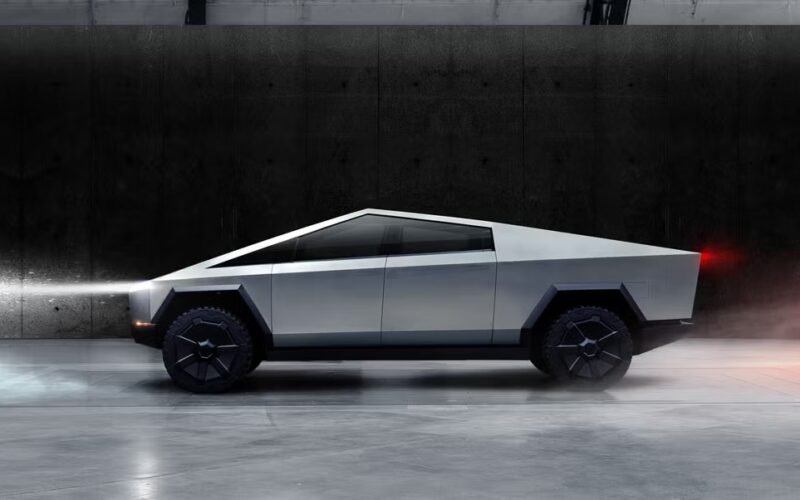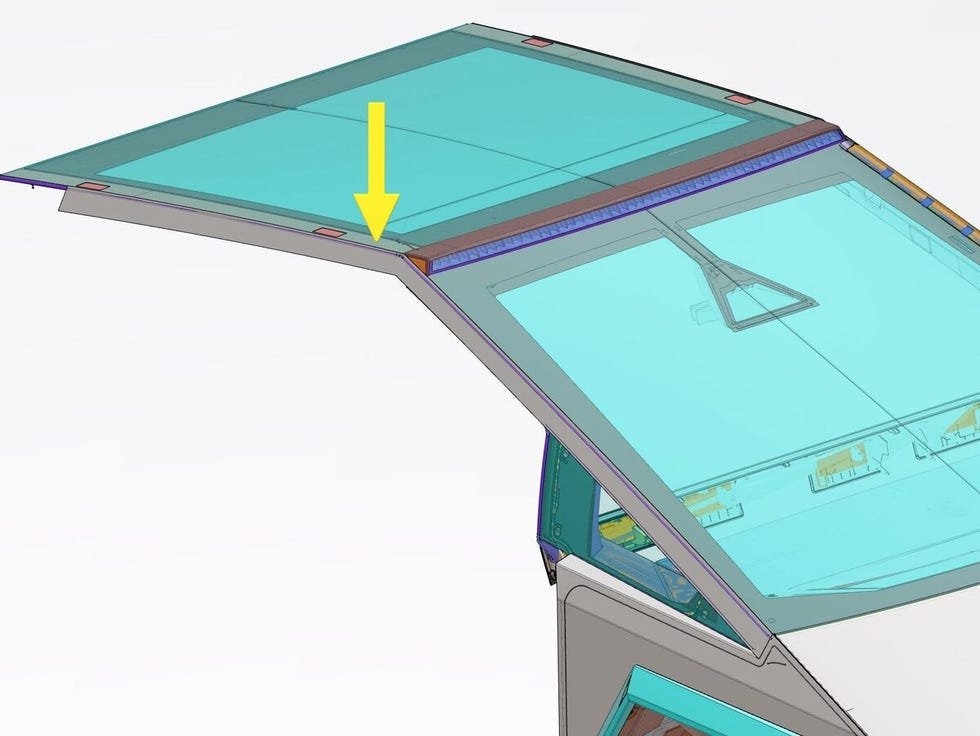🚀 Check out this insightful post from Hacker News 📖
📂 Category:
✅ Main takeaway:
Here’s what you’ll learn when you read this story:
- Tesla’s recent recall affects just over 6,000 Cybertrucks, which is about 10 percent of Cybertrucks on the road today.
- The issue stems from the primer applied before gluing the optional light bar to the windshield (no fasteners are used in the attachment of the light bar).
- Tesla’s fix will involve an additional redundancy to keep the lightbar affixed to the windshield, should the glue fail.
Late last month, Tesla voluntarily recalled 6,197 Cybertrucks, claiming that the use of an incorrect surface primer increased the risk for the available off-road lightbar to fall off. As you might imagine, if a lightbar becomes unattached, it essentially becomes a projectile headed towards those in a Cybertruck’s vicinity.
The Cybertruck was marketed as a fairly capable off-roader from the outset. That said, even armed with electronic locking differentials and a suite of off-road modes, it’s not going to outclass anything like a Ford F-150 Raptor or Ram TRX. But Tesla did offer a dealer-installed lightbar to improve your visibility when the Sun goes down. We couldn’t find the option in the configurator, but we did spot it in the online service manual.
As you see above, the lightbar is glued to the top section of the windshield. Parsing through the service manual, Tesla suggests prepping the underside of the lightbar for adhesion using a primer. For most applications outside of the automotive industry, primer is generally used to give you a better-than-surface-level adhesion between two objects. For instance, primer is often used to join PVC joints together. The purple primer is used at the start to clean and soften the material by initiating a chemical reaction that melts the outer layer. A solvent cement is then applied to further melt the material and complete the bonding process. It’s a bit like soldering metals together instead of welding them.
But according to the National Highway Traffic Safety Administration (NHTSA), it appears that Tesla may have used an incorrect primer, which could be the catalyst for these lightbar detaching results.
Tesla’s plan to fix this will involve an additional redundancy that keeps the lightbar connected to the vehicle even after the glue fails. For context, as listed by NHTSA:
“Tesla Service will inspect the light bar and install an additional mechanical attachment or replace the light bar using tape to adhere the light bar to the windshield as well as an additional mechanical attachment as necessary, free of charge.”
NHTSA also states that all 6,197 owner letters are expected to be mailed on December 26, 2025. However, it’s unclear when owners will be able to get their vehicles into a service center for the fix they need. If the Cybertruck’s previous glue recall is anything to go by, it could be a matter of months.

Matt Crisara is a native Austinite who has an unbridled passion for cars and motorsports, both foreign and domestic. He was previously a contributing writer for Motor1 following internships at Circuit Of The Americas F1 Track and Speed City, an Austin radio broadcaster focused on the world of motor racing. He earned a bachelor’s degree from the University of Arizona School of Journalism, where he raced mountain bikes with the University Club Team. When he isn’t working, he enjoys sim-racing, FPV drones, and the great outdoors.
💬 Share your opinion below!
#️⃣ #Tesla #Recalling #Cybertrucks #Yep #Pieces #Falling
🕒 Posted on 1763049179


